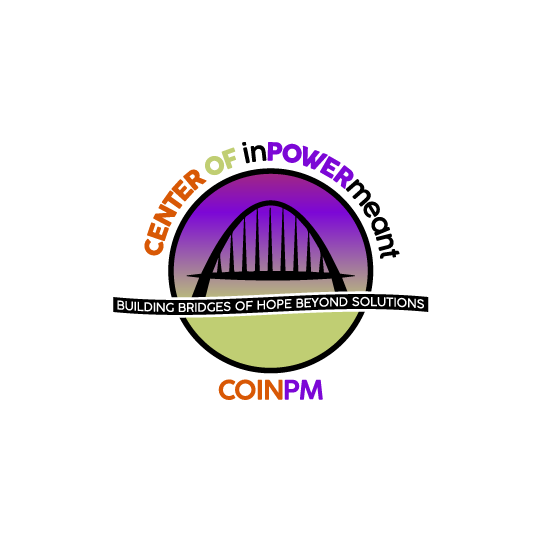Family Reunification
Domestic violence, also known as intimate partner violence, is a pattern of abusive behaviors characterized by one partner’s need to control the other using various tactics. While the frequency and severity of physical or sexual violence may vary, coercion, intimidation, and emotional manipulation occur routinely throughout the relationship. The tenacles of guilt, the demise of self-worth and value, and family wounds and pain are often untreated because of embarrassment, guilt, religious abuse, and victim bashing. There are four (4) types of abuse in intimate partner violence and human trafficking is:
Physical Abuse: Hitting, slapping, punching, shoving, kicking, burning, strangulation/ choking, using weapons or other objects to cause injury.
Sexual Abuse: Forcing a partner to engage in unwanted sexual acts; refusing to practice safe sex; treating a partner like a sex object.
Emotional Abuse: Name-calling and putdowns; denying/shifting blame; treating a partner as an inferior; threatening to harm self/others or to have a partner deported; abusing children or pets; stalking; using threatening looks, actions, or gestures; using technology to track, monitor or frighten.
Economic Abuse: Stealing or destroying belongings/money; preventing a partner from getting or keeping a job; not letting the partner know about or have access to family income; damaging or ruining a partner’s credit.
Domestic violence must be understood as more than individual behavior, as it is socially condoned and supported by cultural norms (for example, traditional beliefs that a man has a right to assert power over a woman and is socially superior or the notion that domestic violence is a private matter). Preventing domestic violence involves proactive efforts to stop abuse from happening in the first place by interrupting the cultural rules and constructs that support it.
Domestic violence is a social problem. It is rooted in social values that emphasize people having power over others and allow violence against women and other groups to occur with minimal and inconsistent punishment.
Domestic violence is not caused by drugs or alcohol, mental illness, being “provoked,” stress, or poor anger management. Abuse is a purposeful and deliberate behavior aimed at gaining power and control over another person.
Victims seeking help with abuse face many barriers, including fear of injury, shame and self-blame, lack of money, resources, and support, social pressures to keep their families together, and other cultural taboos.
Racism, homophobia, ageism, and discrimination based on physical ability, nationality, or other factors help to perpetuate domestic violence and make finding safety even more difficult for some victims.
Domestic violence can negatively impact victims, such as lowered self-confidence, physical illness, disability, difficulty trusting self/others, and poverty. Despite these impacts, victims find many creative and courageous ways to survive and protect themselves and their children.
The stats on Domestic Violence and Human Trafficking are staggering. Los Angeles County LAPD file more than 15,000 reports and makes over 6,000 arrests for domestic violence each year. The Los Angeles District Attorney's office sees about 11,000 domestic violence cases yearly, or about 200 new cases weekly.
Los Angeles, San Diego, and San Francisco are included in the FBI's list of the top thirteen child sex trafficking areas in the nation. These areas' proximity to the international border, diverse population, and presence of seaports and airports makes them vulnerable to human trafficking.
Where is the hope in this grueling epidemic? Here are a few healthy options:
What Can Reunification Therapy Help With?
Reunification therapy can assist with several issues, including:
o Rebuilding communication and confidence
The first relationship to rebuild is the inner personal relationship with self, building confidence and assertive communication.
If children are involved, counseling will also help the child and parent mend their relationship. This may include making peace without bitterness if the option is not to maintain a communicative relationship.
o Learning constructive ways to argue with one other
Learning to disagree periodically, like any family. Through reunion counseling, you can learn how to express your emotions to one another without hurting one another. This will increase self-assurance in handling difficult circumstances in the future. It helps kids overcome their initial reluctance to face their parents after being neglected or mistreated by them. Because they fear the worst might happen again, some kids avoid their parents. Reunification counseling, if required, helps them get over their anxiety and reestablish communication with the parent. Reunification is not always a healthy choice. Counseling and therapy support all parties in navigating through the wounds, scars, and pain of abuse.
Rebuilding your relationship
Reunification therapy frequently includes things the family can do together, such as eating out or taking a trip. This could be an opportunity to reconnect. These events can deepen relationships with parents and the family dynamic, making future organizing outings easier.
One of the most important things to remember before reunification, individual counseling, therapy, and healing is imperative for the long road ahead in rebuilding relationships.
Lurinda iRiS Jones
Director of COINPM
SUD, Grief & Loss, Reunification
MA in Counseling
